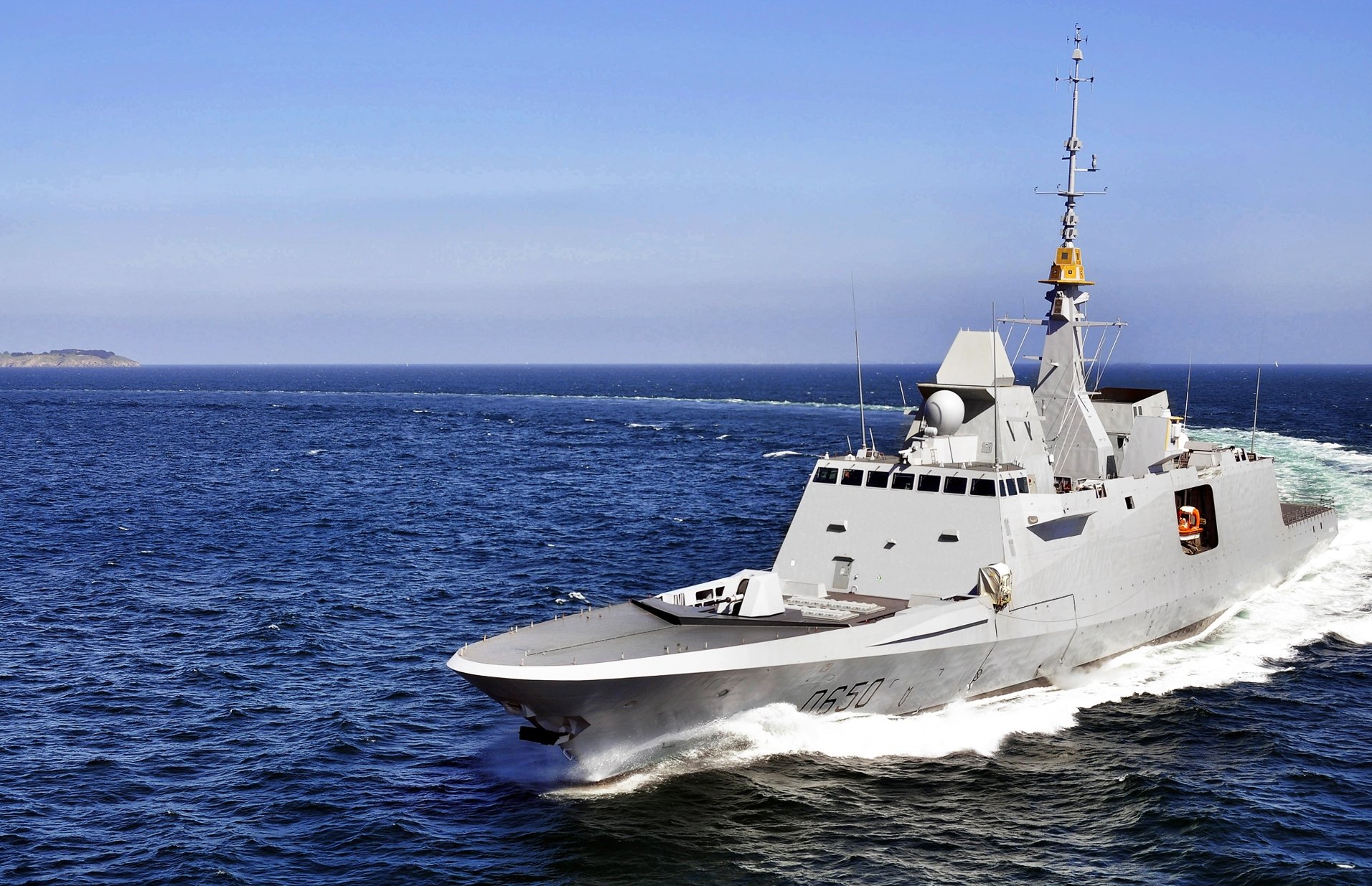Modern naval operations rely on sonar systems that perform flawlessly in some of the harshest underwater environments on Earth. Whether tracking quiet submarines or supporting long-range surveillance, the cable system connecting each sonar to the vessel plays a critical role in reliability, accuracy, and mission readiness.
But not all sonar systems work the same. And the choice between Variable Depth Sonar (VDS) and Towed Array Sonar (TAS) isn’t just a matter of range or sensitivity — it defines the hydrodynamic, mechanical, and operational stresses your subsea cable must withstand. That’s why understanding these system types is essential for any naval engineer, platform integrator, or defense team designing or selecting a new sonar solution.
Below, we outline the core differences between VDS and Towed Array systems, the operational demands they create, and how these factors influence the design and performance of their subsea cables.
Different Sonar Systems for Different Naval Missions
As discussed, variable depth sonar and towed array sonar are the two main naval sonar systems that use underwater defense cables. There are also sonar systems that are attached to the ship, therefore functioning without the use of any cable. These sonar systems are called Hull Mounted Sonar Systems.
Hull Mounted Sonar has one huge blind spot: the baffles (the area directly behind a submarine or ship). Launching a naval sonar system in the water solves this problem, but this requires an underwater cable.
For naval sonar systems that are launched into the water, the cable is a crucial component. A collective name for these systems is Towed Sonars; after all, they are towed in the water. Each application requires a different type of cable. This depends on what the sonar system is going to detect, but also at what depth this has to be done. Two common towed sonar systems vary primarily on this last aspect: the depth required.
The two main types of towed sonar systems are:
- towed array sonar system
- variable depth sonar system
Depending on the purpose of your sonar system, you’ll require specific specifications as an engineer. Below, we’re covering both towed sonar systems more in-depth.
.jpg?width=1280&name=Slides%20voor%20Def%20topic%20cluster.pptx%20(1).jpg)
Towed Array Sonar System
A Towed Array Sonar System is towed behind a submarine or ship. Using a cable, the array's sensors dodge the vessel’s own noise sources, enabling more effective detecting and tracking by the naval sonar system.
Towed Array Sonar Systems are primarily used to detect hostile vessels, but they are also used in the oil and gas industry to detect geological formations under the seabed.
The challenge in making cables for Towed Array Sonar, is that these systems must stay at the same depth during operation. In an ideal situation, the cable must be neutrally buoyant, having the same density as seawater and weighing precisely zero kilograms underwater. This will make sure the cable is always at the same depth as the submarine from which the towed array is deployed. A challenge, because seawater is not equally heavy everywhere. This depends on the water’s salinity, pressure, and temperature.
Depending on the design of the submarine the towed array might be (slightly) positively or negatively buoyant. Due to the forward speed of the submarine, the cable will be in a straight line behind the submarine, but one would like to avoid the cable getting trapped in the propeller if the submarine would come to a stop. If the deployment system is installed underneath the submarine a slightly negative buoyant cable is preferred, so the cable will sink and move away from the propeller. If the deployment system is mounted on top a positively buoyant cable is preferred.
Variable Depth Sonar: flexibility’s effect on cable design
Unlike Towed Array Sonar, Variable Depth Sonar benefits from flexibility. This system is also used to search for opposing submarines, but proper detection requires the right range. By being able to vary in depth, Variable Depth Sonar Systems reach that range more often. They can be rolled out to search in deeper waters and taken in to search in shallower waters.
To allow for underwater flexibility, the Variable Depth Sonar System consists of multiple cables. On the winch on board, there is a long cable that can be launched at different depths. This cable, which pulls a so-called "Towed Body", is called the Heavy Tow Cable. This cable must be as heavy as possible to reach the operational depth. This cable always contains steel armor, and usually fairings as well. Fairings are plastic parts mounted around the cable, which make the cable more hydrodynamic, also adding to its flexibility.

The second type of cable within the Variable Depth Sonar System is the same neutrally buoyant cable of the Towed Array Sonar System. This “Light Tow Cable” is towed behind the towed body and remains continuously at the same depth, exactly as it does in the Towed Array Sonar System.
Variable Depth Sonar vs Towed Array Sonar
As stated before, the type of Naval Sonar System you’re assembling determines the required cable design. This means that the comparison “variable depth sonar vs towed array sonar” is irrelevant; these are two completely different systems, used in completely different situations.
In our Complete Guide for Subsea Defense Projects, we not only discuss various requirements and how these are designed but also elaborate on testing and validating your Naval Sonar System.
Download the Complete Guide here and obtain all information on Naval Sonar Systems in one place. Get your own copy here:
With all other questions about your cabling needs, you can contact my colleagues or me here. Our cable experts are always happy to help, advise or guide you in all your cable requirements.



